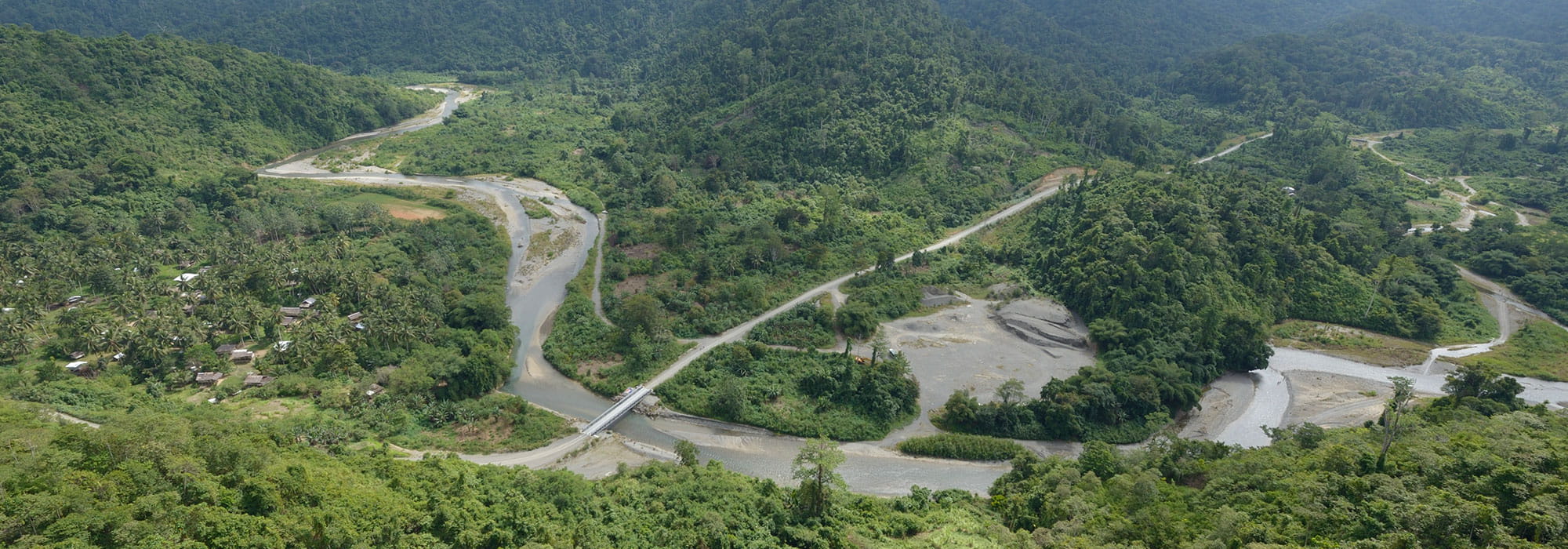Feasibility study, environmental studies and approvals support for the Wafi-Golpu Project - a world-class copper and gold mine in Papua New Guinea.
The situation
The Wafi-Golpu Project involves the staged development of:
- An underground copper and gold mine
- Associated processing facilities
- Access roads
- A 100km concentrate pipeline
- Port facilities
- Various support services and infrastructure.
The Project represents the opportunity to develop a word-class copper and gold deposit containing some 20 million ounces of gold and 9 million tonnes (Mt) of copper.
Approach
Advisian initially undertook a Prefeasibility Optimisation Study, which demonstrated a technically and financially viable business case for the early development of a smaller and lower cost mine commencing at a notional production rate of 3 million tonnes per annum (Mtpa) and ramping up to a notional production rate of 6Mtpa.
Advisian was subsequently engaged to undertake a Feasibility Study, along with environmental assessment and reporting.
The environmental studies to inform the Feasibility Study and project approvals also covered the proposed mine and ancillary infrastructure, infrastructure corridor and port development, included the following:
-
Preparing the project description
-
Risk assessments
-
Land/soils assessments
-
Geochemical and hydrogeology investigations
-
Noise, air quality and greenhouse gas
-
Terrestrial ecology surveys and assessments
-
Water balance assessments
-
Water quality modelling and assessment
-
Aquatic ecology surveys and assessments
-
Near-shore marine ecology assessment
-
Detailed erosion and sediment control investigations
-
Conceptual closure planning
-
Socioeconomic assessment and management
-
Cultural heritage
-
Cumulative impact assessments
-
Environmental management planning
-
Unplanned event management
Results
Particular challenges were overcome, included assessment and management for the following areas:
- Tailings and waste rock management
- Water management
- Downstream water quality impact
- Terrestrial ecology
- Socio-economic impact
We coordinated and managed multiple teams (including extensive field work) in a challenging and remote location, along with managed effective integration with the engineering team to develop environmental and feasibility studies in parallel.



